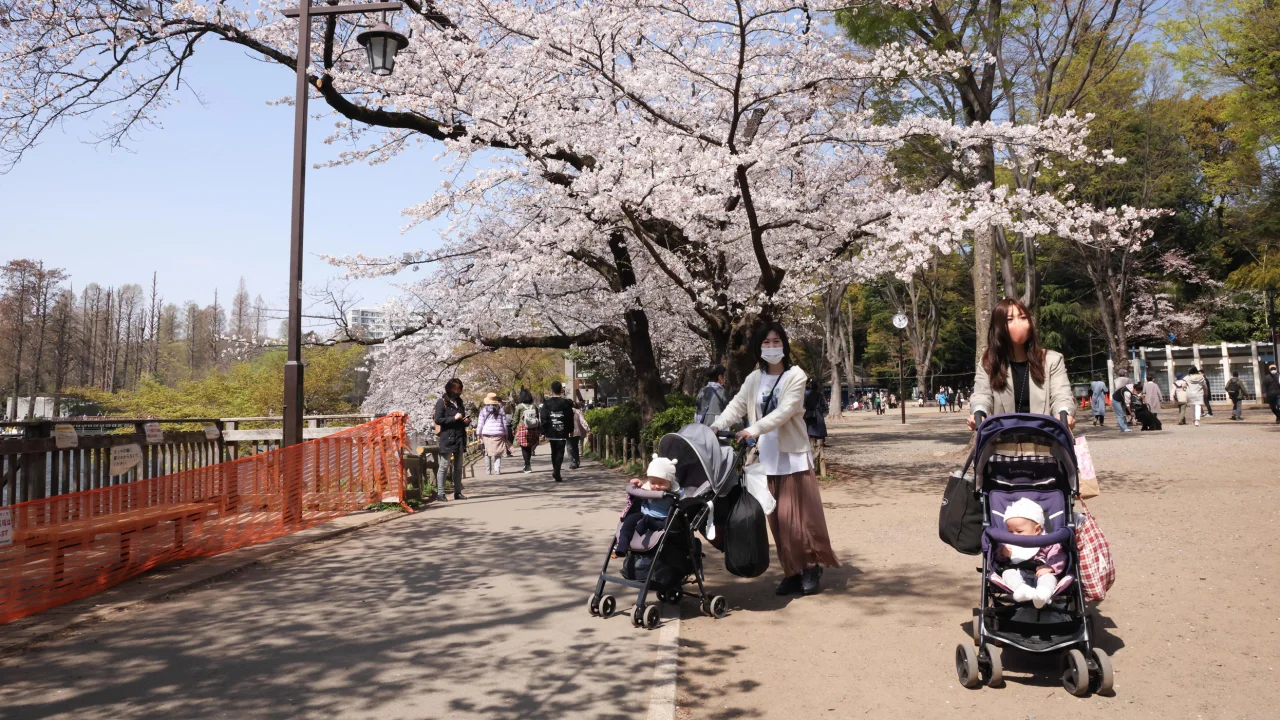The demographic situation in Japan is getting worse; similar to trends in other East Asian countries, about 800,000 fewer individuals have called Japan home in the last year.
There were 125.4 million people living in Japan at the beginning of this year, including both native Japanese and foreign immigrants, according to figures released on Wednesday by the Japanese interior ministry. There were around 289,500 more foreign residents this year compared to last, a significant increase of more than 10%.
However, the ministry reported that the number of Japanese citizens fell by 800,523, continuing a 14-year trend that began after a peak in 2009.
A ministry spokeswoman told CNN that for the first time, there were fewer Japanese nationals in each prefecture nationwide.
However, as a result of the growth in foreign immigrants, Tokyo’s population as a whole, regardless of nationality, somewhat increased.
According to the ministry, the number of deaths last year also reached a record high, reaching 1.56 million, compared to just 771,801 infants, or less than half the number of births.
In Japan, where births have been outpacing deaths for more than ten years, the third-largest economy in the world is grappling with a mounting crisis. As demand from the ageing population soars, they now have to contend with a growing older population and a declining workforce to pay for pensions and healthcare.
With a fertility rate of 1.3, which is much lower than the rate of 2.1 needed to sustain a stable population in the absence of immigration, Japan has experienced a continuous fall in population since its economic boom in the 1980s.
Aside from having one of the longest life expectancies in the world, Japan had roughly one in every 1,500 residents who were 100 years or older in 2020, according to government statistics.
In close proximity, China, South Korea, Singapore, and Taiwan are going through a similar crisis and are working to persuade young people to have more children despite rising living expenses and social unrest.
Japan’s prime minister, Fumio Kishida, warned that the country is “on the verge of not being able to maintain social functions” in January as a result of these worrying developments.
Japanese authorities have recently pushed for more foreign employees and residents, which is not an easy undertaking in a very homogeneous nation with relatively low levels of immigration. This is an effort to fill such gaps and balance the population.
In order to allow an estimated 340,000 foreign employees to assume high-skilled and low-paying professions, the Japanese government adopted a policy change in 2018 that was advocated by former Prime Minister Shinzo Abe.
And in a significant turn of events in 2021, the Japanese government said that it was thinking about allowing foreigners to work in some skilled jobs indefinitely.
However, the Covid-19 pandemic halted much of that development, causing the nation to close its borders to visitors and impose lockdowns in numerous prefectures.
According to a report published last year by a Tokyo-based research group, Japan will require almost four times as many foreign employees by 2040 to reach its economic objectives. But it cautioned that in order to do that, Japan must first foster a climate that upholds migrant workers’ human rights and work towards social reform so that it is more accepting of foreigners.

